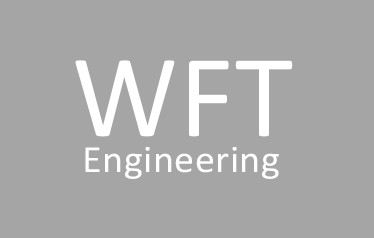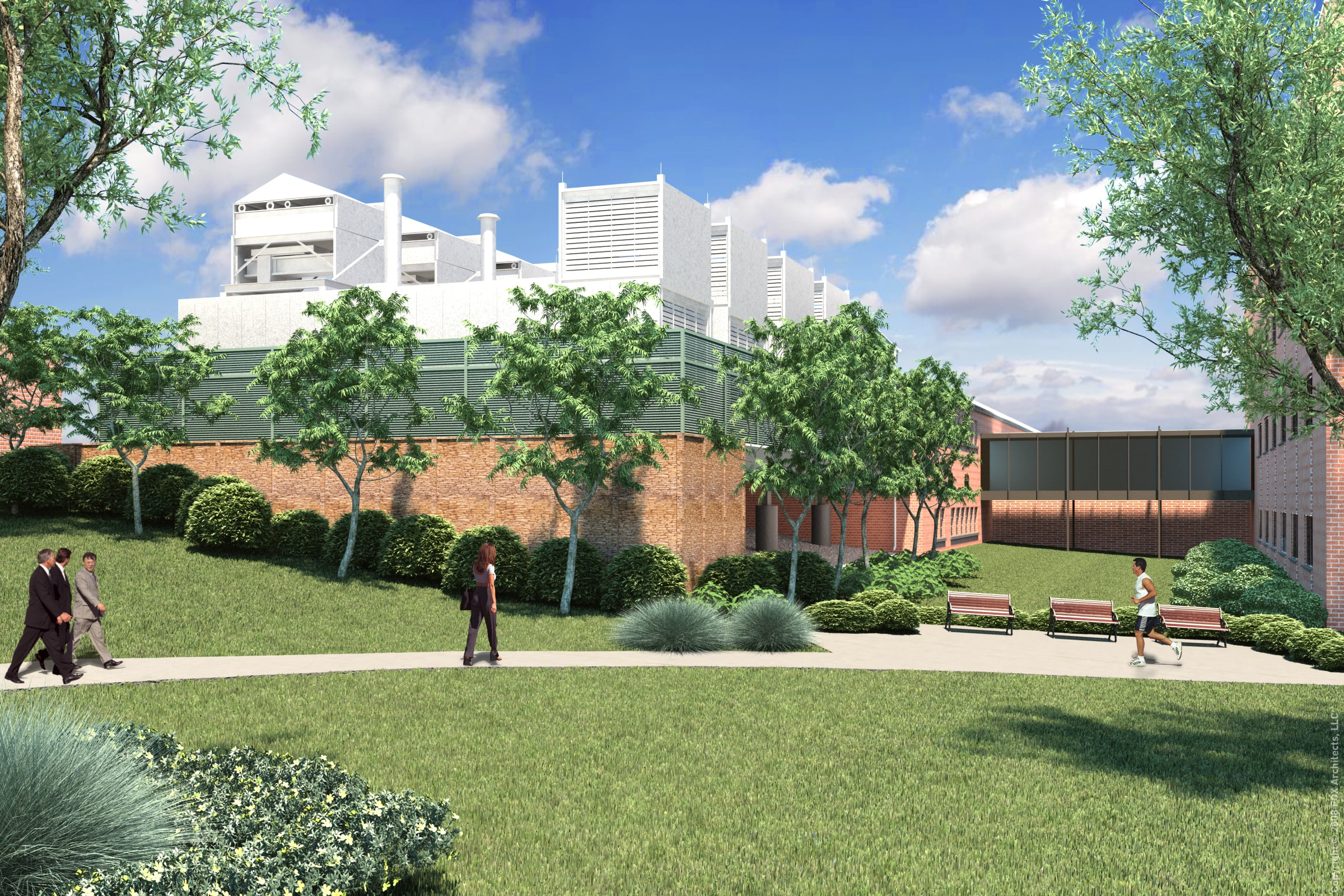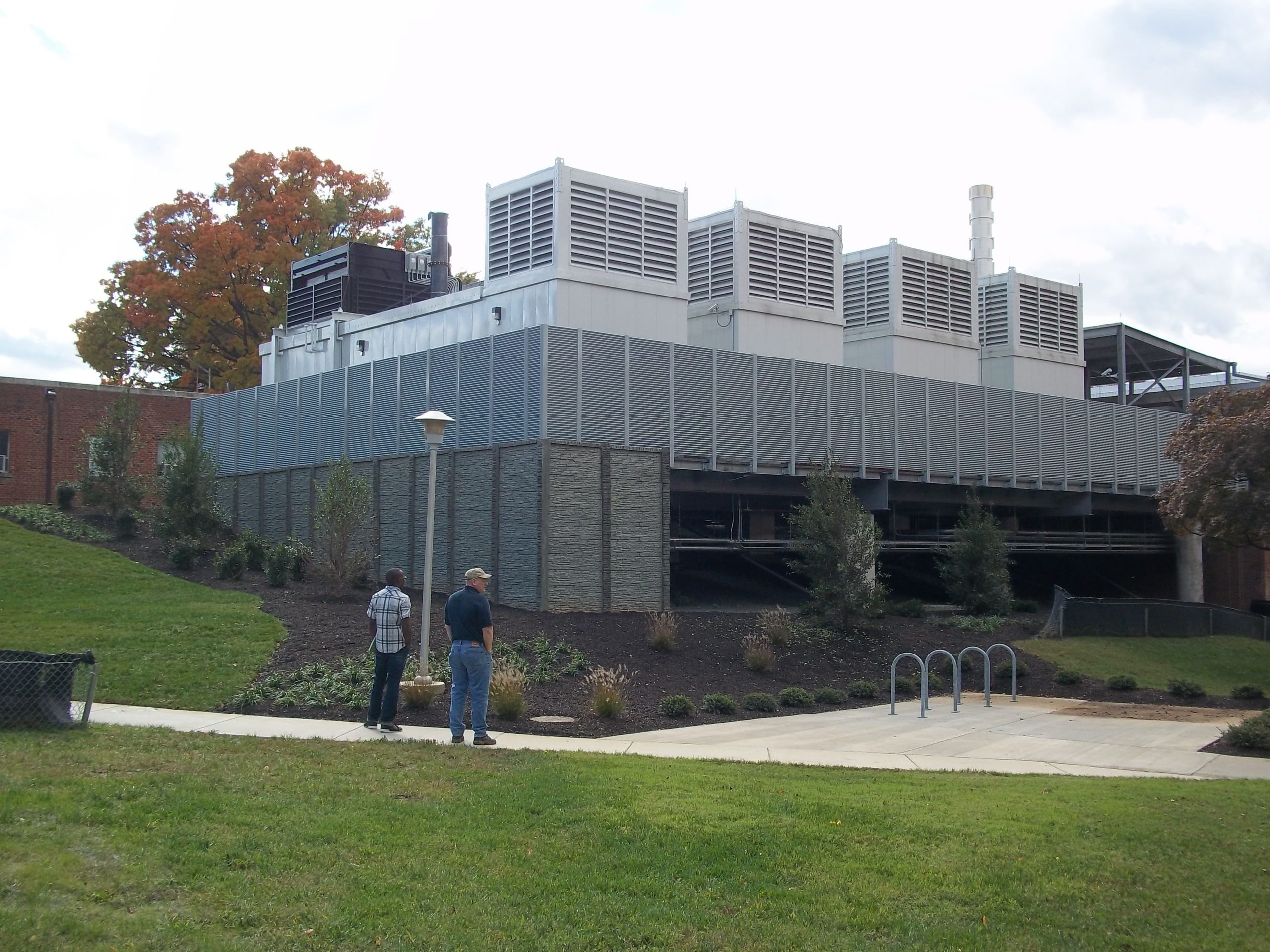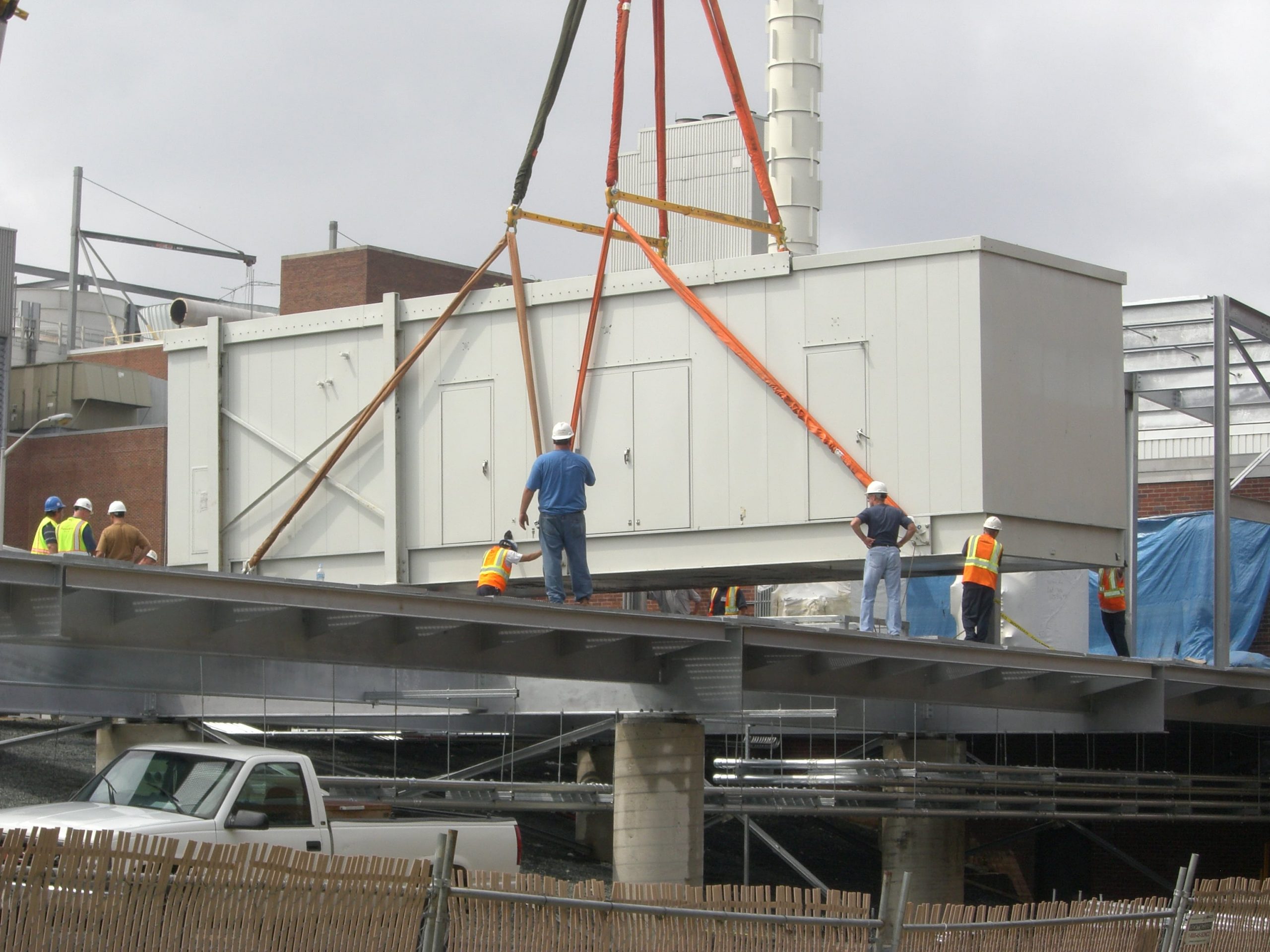National Institutes Health, Building 12, Center for Information Technology (CIT) Data Center
Bethesda, Maryland
Multi-phased services for special utilities upgrades to the 30,000 sf Data Center targeted enhancing and improving all system’s reliability. New high voltage service, redundant electrical distribution systems, and the introduction of a new protected power system were designed to meet today’s data center demands. Our initial 2004 study included a detailed assessment of the facility, capability for future growth, reliability, and redundancy, identifying single points of failure for the power distribution and chilled water systems within the building. Existing conditions were verified by field measurements and used as a baseline for analysis. Mechanical and electrical infrastructure was evaluated based on a five-year projected growth plan with benchmarks provided by CIT. A prioritized list of proposed upgrades and recommendations (with cost estimates) were provided to assist with facilities planning. A one-line diagram of the system was developed, with load capacity and system vulnerability indicated, and recommendations for improvements were made. Projects included replacement of the entire raised floor system along with its grounding system and the addition of a new customer service area to house the Blade Servers. Temporary protected power systems were introduced to keep pace with the data center’s expansion until the permanent solution could be cut over.
Services: MEP Studies, Planning, Coordination, Design and Construction Administration
Awards
- 2012 Washington Building Congress Craftsmanship Award
“On numerous occasions WFT, working with ORF and CIT, has stepped up and resolved issues and problems as they relate to the projects and the design issues regarding the NIH Data Center, the aging Building 12 complex, and the Critical Continuous Power Project, slated to transition to Phase II over the coming months. WFT’s attention to detail, knowledge base, and seamlessness transitions during these projects is and has greatly been appreciated.”




